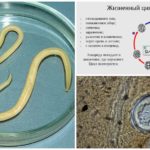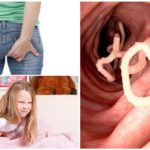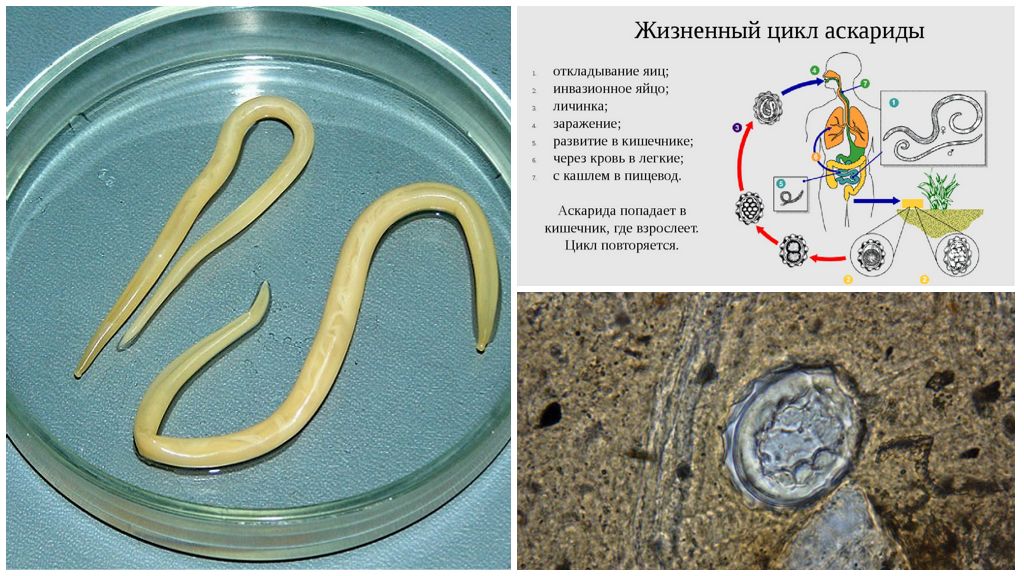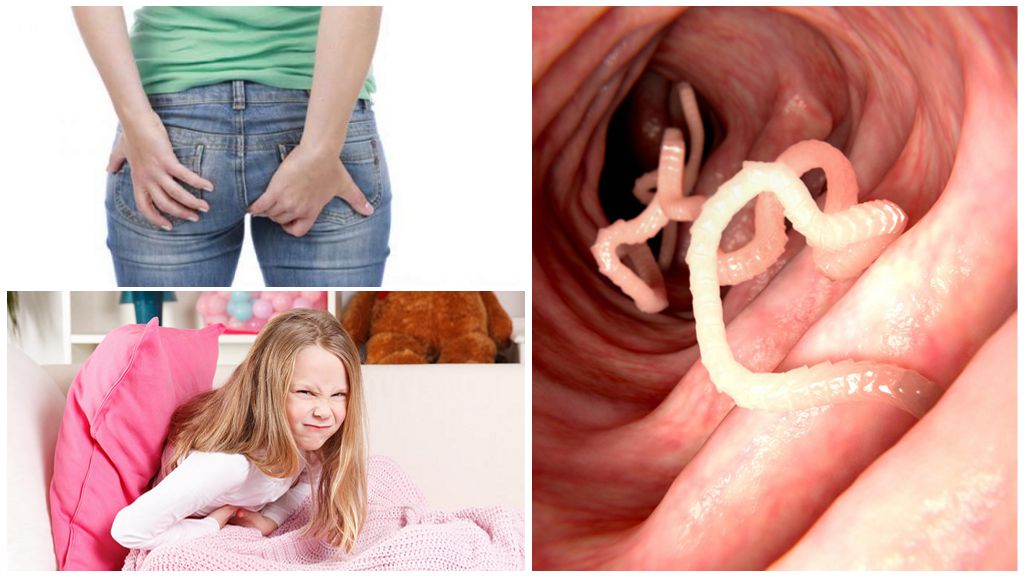Human ascaris
Content
- Breeding Ascaris
- Ascaris in the intestines
The parasitic worm, known as human ascaris, causes the disease ascariasis and lives exclusively in the human body, not moving to intermediate hosts. A huge number of eggs, which produces ascaris, get to the person through unwashed hands and poorly processed vegetables and fruits. This parasite spreads throughout the body, damaging the organs found in its path and eating red blood cells.Coming out of its egg, the larva causes a large number of unpleasant symptoms in humans.
Characteristics of the species
The worm represents round worms and a class of nematodes. The photo of human roundworm shows that its color is pale with a pinkish tinge. Body shape is cylindrical. The structure of the roundworm is such that along the edges it gradually narrows and sharpens at the end. The worm is covered over its entire surface with a protective sheath.
On a note!
Depending on the gender, the parasite has a different length. Females can grow up to 40 cm, and males do not exceed 25 cm.
Human ascaris has a digestive system, which consists of three sections. Such an internal structure is not common in nematodes. The worm is introduced into the blood, where it feeds on red blood cells. Helminths do not breathe, but receive oxygen molecules, like all the substances they need, through the respiratory organs of the anaerobic type or the skin.
The human roundworm does not have any devices with which it could be attached or moved (cilia, suckers, etc.). All of its movement is due to the cuticle, which is something like a skeleton with sufficient flexibility.
Reproductive function
Roundworms are heterosexual individuals. The reproductive system of males is represented by testes, as well as a channel that serves for the eruption of semen. Females have a more complex reproductive system, which includes the ovaries, a receiver for the seed in which the eggs are fertilized, as well as the uterus and the department that provides for egg laying.
On a note!
The female individual of human roundworm in one day can produce a huge number (200 thousand or more) eggs, which have a pear-shaped or oval shape.
Each of the eggs has a protective coating that gives it a gray tint. It protects the helminth embryos not only from the threat of mechanical destruction, but also from exposure to ultraviolet rays and even from freezing. The best temperature for the development of ascaris is 24 degrees of heat. In the environment (water, soil, etc.) eggs can be stored for about 12 years.
Life Cycles
Emerging from the intestinal habitat, along with the excrement of the helminth eggs are in the water or soil, where they lie until they enter a new organism in one way or another.Here there is a molt or release of the larvae from the protective sheath, which is provided by the enzymes of human roundworm.
Migration stage
The larva has a process that resembles a hook in form, thanks to which it clings to the inner layer of the intestinal mucous type and penetrates into the circulatory system. Initially, these are intestinal veins, from which the parasites are sent to the liver and heart cavities, and from there to the lungs. This is the process of migration, in which ascaris parasitizes throughout the body.
On a note!
Reaching the human respiratory tract, the worm causes a cough that is dry at first, but gradually becomes productive and, together with sputum, throws worms into the oral cavity, from where they are sent to the stomach and intestines, which is its main habitat. This stage of life lasts from 8 to 15 days. As long as the larvae are in the blood, they feed on the blood cells (erythrocytes). This provokes the development of anemia.
Intestinal stage
It is at the stage of return to the intestines that the formation of adult human roundworm begins.The final maturation of the worm occurs in the small intestine. Each ascaris lives in the body of its carrier on average for about a year, but given the regular processes of self-infection, people suffer from ascariasis for years. From the moment a person swallows the egg of the parasite and until the time when this parasite begins to multiply in it, it takes about 100 days.
The food of human roundworm at the stage of the larva recently released from the egg membrane is carried out by means of blood serum. An older worm goes to eat red blood cells, as they contain an oxygen molecule important to the parasite. The older the helminth, the more it needs oxygen molecules. If ascaris is experiencing oxygen hunger, then it is intuitively sent to where it is most - in the lungs.
Completing the life cycle, human ascaris is not going to leave the carrier's body. Helminths are constantly carried by blood to various organs in which they settle and, by emitting toxic products of their vital activity, they provoke inflammatory processes in them.
Important!
Clinically, it manifests itself as a yellowing of the skin, myocarditis, bronchitis, or frequent pneumonia. Often roundworms cause pancreatitis and gastrointestinal bleeding.
Variants of atypical life of the worm
The life path of the roundworm does not always go smoothly and smoothly. A large number of larvae that are lucky to get to the liver will be destroyed there, thanks to the activity of cells of the protective type. Helminths trapped in the respiratory system, too, will be largely removed from there as part of the sputum during coughing, which is also a protective reflex of the body. All this will lead to the fact that the bright clinical picture of the disease began after a while it fades away and even disappears completely for some period, which misleads the patient, and he again and again postpones the visit to the doctor, while the parasites accumulate their quantity . Gradually, the symptoms of anemia and inflammatory processes in various organs reach their critical values, which causes an irreversible blow to human health.









